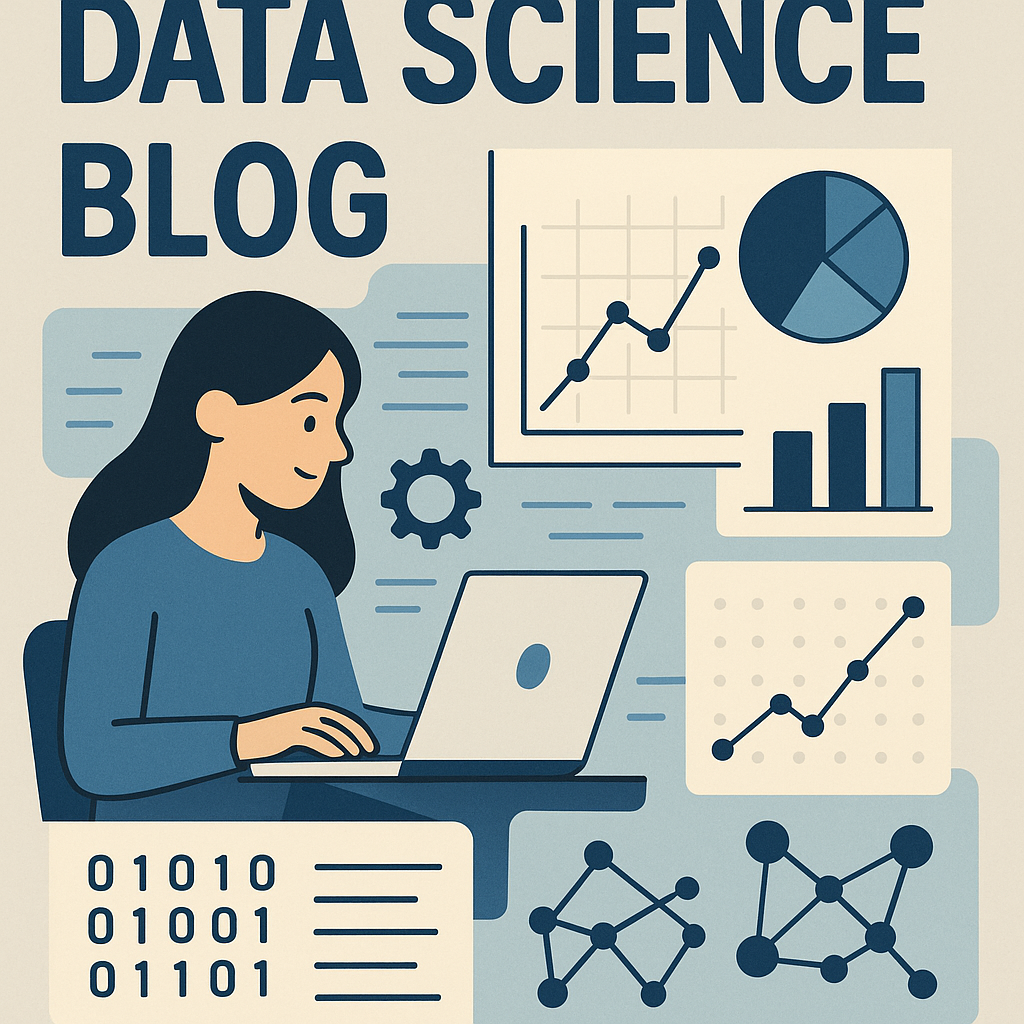1. Introduction to Data Science
Data Science is a multidisciplinary field that uses statistics, algorithms, data analysis, and machine learning to understand and extract knowledge from structured and unstructured data. The field combines computer science, domain expertise, and mathematics.
Why it Matters:
- Helps businesses make informed decisions
- Powers modern AI applications
- Supports data-driven innovation
Related Links:
- What is Data Science? - IBM
- KDnuggets Overview
2. History & Evolution
Data Science emerged from statistics and computer science disciplines. Early data analysis was manual; with the advent of databases and computing power, it evolved into Business Intelligence (BI), and now full-fledged AI and ML systems.
Key Milestones:
- 1962: John Tukey introduces Exploratory Data Analysis
- 1990s: Rise of BI tools
- 2001: William S. Cleveland formalizes "Data Science"
- 2010s: Explosion in big data and cloud computing
3. Data Science Lifecycle
The Data Science process follows a structured path:
- Data Collection
- Data Cleaning
- Exploratory Data Analysis (EDA)
- Feature Engineering
- Modeling
- Evaluation
- Deployment & Monitoring
4. Tools & Technologies
- Languages: Python, R, SQL
- Libraries: Pandas, NumPy, Scikit-Learn, TensorFlow, PyTorch
- Platforms: Jupyter, VS Code, Google Colab
- Cloud: AWS, GCP, Azure
- Visualization: Tableau, Power BI, Matplotlib, Seaborn
Top 10 Tools for Data Science (2024)
5. Python for Data Science
Python is the go-to language due to its readability and rich ecosystem.
import pandas as pd
import seaborn as sns
import matplotlib.pyplot as plt
# Load dataset
df = pd.read_csv("data.csv")
# Plot
sns.histplot(df['feature'])
plt.show()
6. Statistics & Probability
Fundamentals:
- Mean, Median, Mode
- Variance, Standard Deviation
- Probability Distributions
- Hypothesis Testing
Useful Resource: Khan Academy - Stats
7. Machine Learning
ML is at the heart of Data Science. It includes:
- Supervised Learning: Linear Regression, Decision Trees
- Unsupervised Learning: Clustering, PCA
- Reinforcement Learning: Q-Learning, Deep Q-Networks
Explore More: Scikit-Learn Docs
8. Deep Learning & Neural Networks
Deep Learning uses multi-layered neural networks.
Frameworks:
- TensorFlow
- PyTorch
Use cases:
- Image recognition
- Text generation
9. Natural Language Processing (NLP)
NLP allows machines to interpret human language.
Tasks:
- Text Classification
- Named Entity Recognition
- Sentiment Analysis
Tools:
- SpaCy
- HuggingFace Transformers
Try It: Google BERT Demo
10. Big Data & Hadoop Ecosystem
Big Data involves processing petabytes of data.
Key Technologies:
- Hadoop HDFS
- Apache Spark
- Kafka
- Hive
Visual:
11. Real-World Applications
- Healthcare: Predictive diagnostics
- Finance: Fraud detection
- Retail: Customer segmentation
- Government: Smart cities
Case Study: Zest AI Credit Models
12. Career in Data Science
Roles:
- Data Analyst
- Machine Learning Engineer
- Data Scientist
- Data Engineer
Top Sites:
13. Ethics & Challenges
- Bias in Data
- Data Privacy & GDPR
- Explainability of Models
- Job Displacement
Guide: Ethics in AI - MIT
14. The Future of Data Science
- Explainable AI
- Automated Machine Learning (AutoML)
- Edge AI
- Quantum Computing
